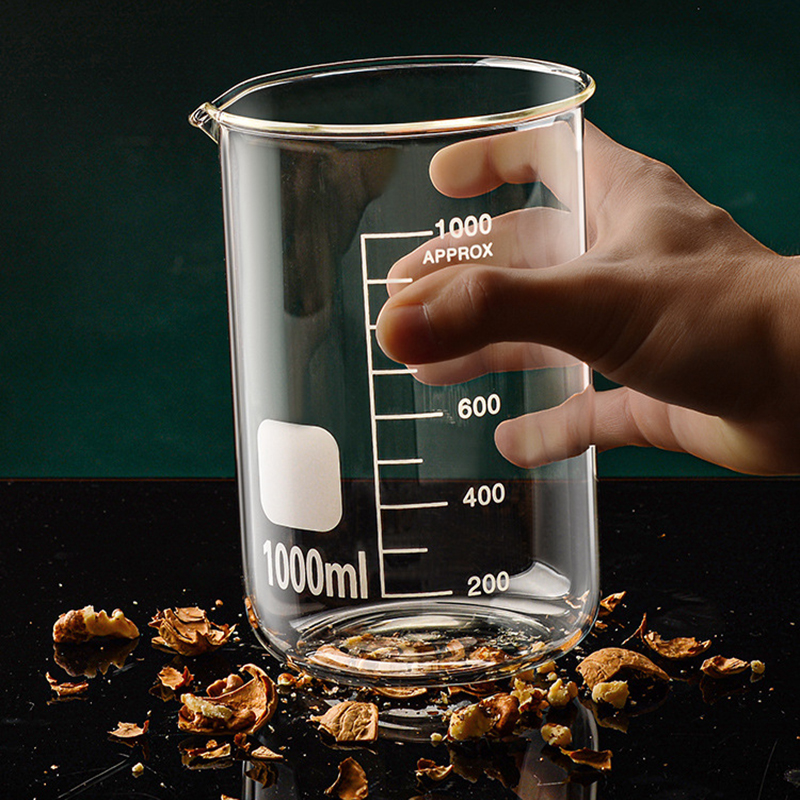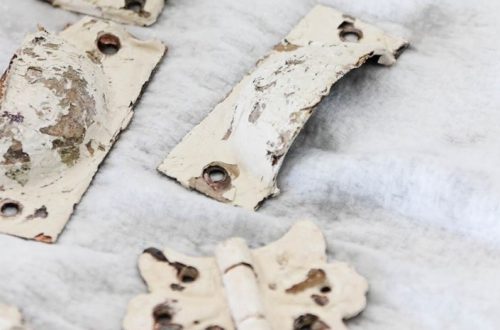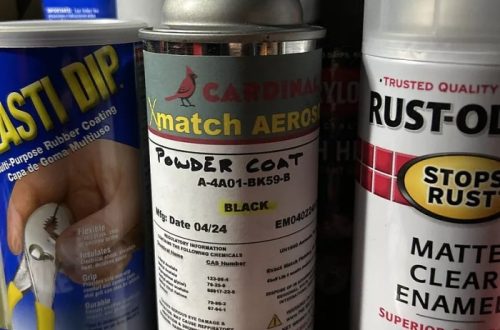A broken glass beaker in a laboratory setting might seem like a minor inconvenience in 2024. However, the shattered glass can have significant consequences for safety, data integrity, and overall efficiency. This article delves into the implications of a broken beaker, followed by solutions to prevent and address such situations.

Part 1: Safety Concerns
Risk of Injury:
Broken glass presents a significant hazard due to the potential for causing cuts and punctures, ranging from minor to severe. When sharp glass shards come into contact with the skin, they can easily pierce it, resulting in bleeding and leaving the individual susceptible to infections. The severity of the injury caused by broken glass largely depends on the size and shape of the shattered pieces. Additionally, the presence of broken glass can pose a risk of injury to individuals and pets in the vicinity. Therefore, it is crucial to handle broken glass with care and to thoroughly clean up and dispose of any broken pieces to prevent accidents and injuries. Proper safety measures should always be taken when dealing with broken glass to minimize the risk of harm and to ensure a safe environment for everyone.
Chemical Exposure:
If the broken beaker contained hazardous chemicals, a spill can pose a serious risk by exposing individuals to harmful fumes or liquids. This exposure can result in a range of health issues, including respiratory problems, skin irritation, or even poisoning, depending on the specific chemical involved. Inhaling toxic fumes from the spilled hazardous substances can lead to breathing difficulties and other respiratory issues. Contact with the skin or eyes may cause irritation or chemical burns, depending on the corrosiveness of the chemical. Additionally, accidental ingestion or absorption through the skin can lead to poisoning, which could have severe and potentially life-threatening effects. Therefore, it is critical to handle any spill involving hazardous chemicals with extreme caution and to follow established safety protocols for containment, cleanup, and decontamination to minimize the risk of harm and ensure the well-being of everyone in the vicinity.

Part 2: Data Integrity
Loss of Samples:
The breakage of a beaker not only results in the loss of valuable samples used in experiments, but it can also have far-reaching consequences, especially in research settings. In such environments, obtaining the sample may be a laborious and time-consuming process, making the loss particularly detrimental. The ramifications of this can be profound, as the absence of crucial samples can lead to severe delays in experiments and potentially derail entire research projects. This setback can have a cascading effect, impacting timelines, funding, and the overall progress of scientific endeavors. Moreover, the loss of unique or irreplaceable samples can hinder the ability to reproduce results or validate findings, undermining the credibility and reliability of the research. Therefore, the breakage of a beaker and the subsequent loss of samples necessitate careful and immediate response to mitigate the impact and minimize any potential disruptions to ongoing scientific investigations.
Contamination:
Broken glass can contaminate the remaining contents of the beaker. Sharp edges can trap small particles or introduce foreign materials, rendering the sample unusable. This necessitates restarting the experiment from scratch, wasting time and resources.

Part 3: Preventing Breakage
Proper Handling:
The most effective way to prevent breakage of beakers is to ensure proper handling at all times. When handling beakers, it is crucial to hold them firmly with a secure grip, while also being mindful to avoid any accidental bumps or collisions. It’s important to remember never to carry a beaker that is filled to the brim, as even a slight tilt can cause a spill, increasing the risk of breakage. Not only does this prevent potential damage to the beaker and the loss of contents, but it also helps maintain a safe working environment for everyone involved. By emphasizing the importance of proper handling techniques, individuals can significantly reduce the likelihood of accidents, spills, and breakage, ultimately promoting a culture of safety and responsible laboratory practices. Moreover, implementing these measures can contribute to a more efficient and productive work environment by minimizing disruptions and costly replacements due to breakages.
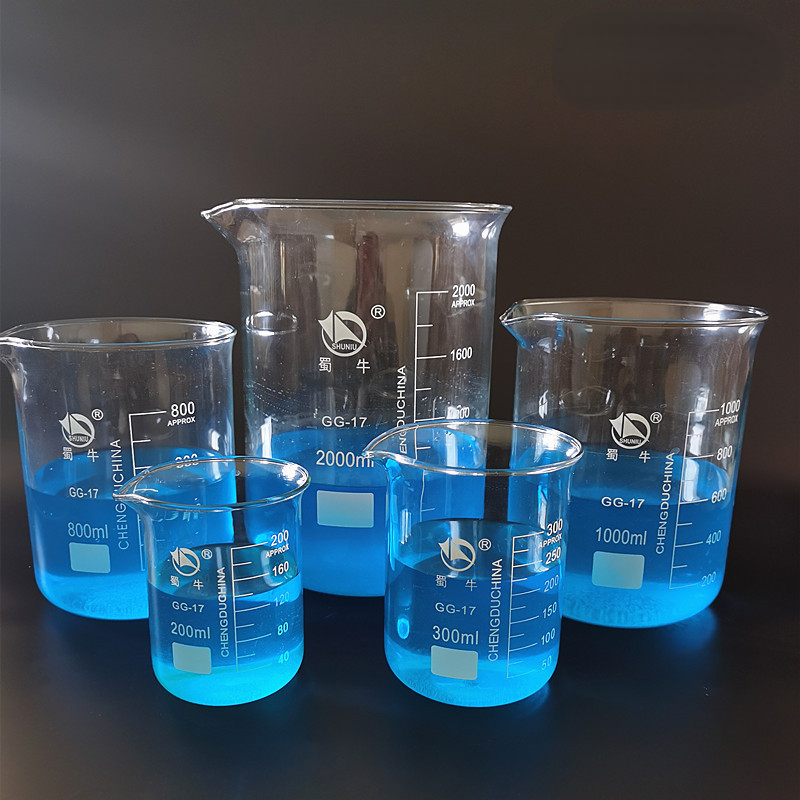
Temperature Considerations:
Borosilicate glass, commonly used in the manufacturing of beakers, is renowned for its ability to withstand moderate temperature changes. However, it is essential to note that rapid fluctuations or exceeding the recommended temperature limits can significantly contribute to the glass’s susceptibility to cracks and breakage. To mitigate this risk, it is crucial to adhere to proper handling procedures, such as preheating or gradually cooling beakers when necessary. By allowing for gradual temperature adjustments, the integrity and strength of the glass can be preserved, reducing the likelihood of damage or breakage. Adhering to these guidelines not only extends the lifespan of the beakers but also enhances laboratory safety by minimizing the risk of accidents and potential exposure to hazardous substances. Additionally, this cautious approach to temperature management helps ensure the reliability and accuracy of experiments and measurements, ultimately contributing to the overall success and efficiency of scientific research and experimentation.
Part 4: Managing Breakage
Safety First:
If a beaker breaks, prioritize safety. Clear the area and alert others to avoid contamination or injury. Wear appropriate personal protective equipment (PPE) such as gloves, safety glasses, and a lab coat before proceeding.
Containment and Disposal:
Carefully contain the broken glass using a dustpan and brush designed for broken glass. Never use bare hands. Dispose of the broken glass in designated sharps containers to prevent accidental cuts or punctures during disposal. For any hazardous spills, follow established lab protocols for proper containment and disposal of contaminated materials.
Additional Considerations
Alternatives to Glass:
Consider using plastic beakers for non-critical measurements or when working with younger students. While not as durable as glass, plastic beakers are less likely to cause serious injuries if broken.
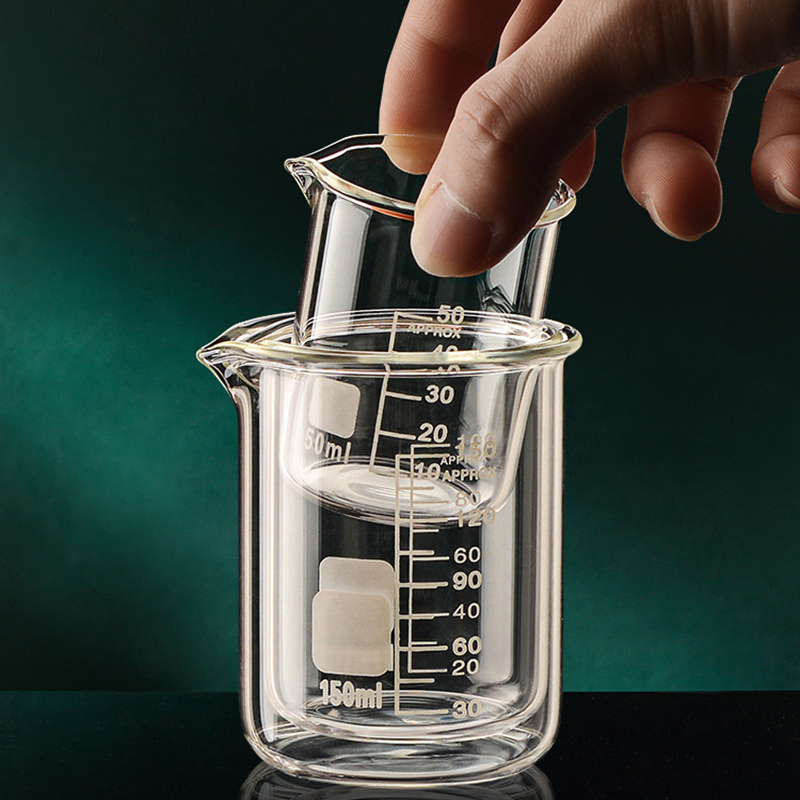
Regular Inspection:
Regularly inspect beakers for cracks, chips, or other signs of weakness. Discard any damaged beakers to prevent future breakage and potential accidents.
By understanding the implications of a broken beaker and taking proper precautions, researchers and laboratory personnel can create a safer and more efficient work environment. Developing good habits in handling and maintaining lab equipment minimizes the risk of breakage and ensures the integrity of scientific data.
The Impact of a Broken Beaker
Safety Hazards
A broken beaker in a laboratory can pose several safety hazards, especially when handling hazardous chemicals or materials. The safety of personnel is the primary concern.
Key Safety Hazards
- Chemical Exposure: A broken beaker can lead to the spillage of hazardous chemicals, posing risks such as burns, poisoning, and respiratory issues. Direct contact with hazardous substances can have severe health consequences.
- Sharp Edges: Broken glass from a beaker can create sharp edges that pose a risk of cuts and lacerations. These injuries can be serious, especially if they occur in conjunction with chemical exposure.
- Contamination: Broken beakers can cause contamination of laboratory surfaces and equipment, compromising the integrity of experiments and posing health risks.
Addressing safety hazards associated with a broken beaker is crucial for maintaining a safe laboratory environment. Immediate action is necessary to contain and mitigate risks.
Disruption of Research and Experiments
A broken beaker can disrupt ongoing research and experiments, leading to loss of valuable time, resources, and data.
Key Disruptions
- Experiment Interruptions: The breakage of a beaker containing crucial samples or reagents can interrupt experiments, causing delays and potentially requiring restarts.
- Data Loss: Spilled chemicals and disrupted experiments can lead to the loss of valuable data, impacting research outcomes and timelines.
- Resource Waste: Broken beakers result in the wastage of expensive chemicals, reagents, and resources, increasing the overall cost of experiments and research projects.
Minimizing disruptions caused by broken beakers is essential for maintaining the efficiency and productivity of laboratory research.
Environmental Impact
Improper disposal of broken beakers and their contents can have a negative impact on the environment, contributing to pollution and hazardous waste.
Key Environmental Concerns
- Chemical Pollution: Spilled chemicals can contaminate soil, water sources, and air, posing risks to ecosystems and public health.
- Glass Waste: Broken glass is non-biodegradable and contributes to landfill waste. Proper disposal and recycling of broken beakers are essential for minimizing environmental impact.
Addressing environmental concerns associated with broken beakers is crucial for promoting sustainable and responsible laboratory practices.
Conclusion
In conclusion, while a broken beaker may seem like a minor setback in the laboratory, its implications can be far-reaching in terms of safety, efficiency, and scientific integrity. By understanding the causes, effects, and implementing proactive solutions to prevent beaker breakage, laboratories can safeguard personnel, equipment, and experimental outcomes. Continuous training, adherence to safety protocols, and thoughtful handling of laboratory glassware are essential in fostering a safe and productive research environment where scientific discoveries can thrive without the interruption of a shattered beaker.
